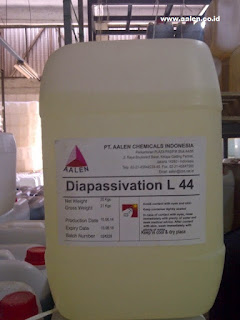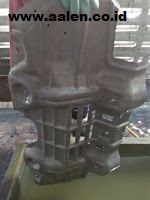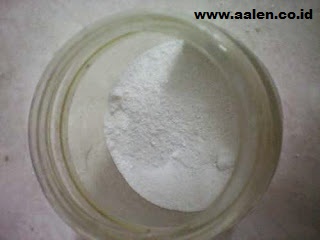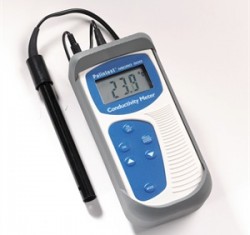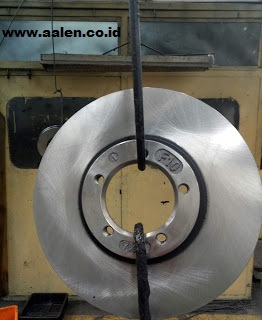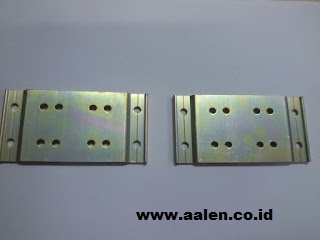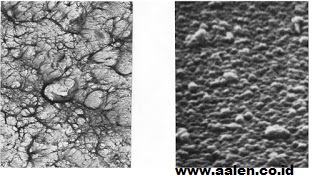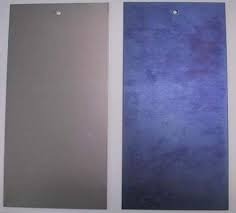Blackening merupakan sebuah proses "Penghitaman" atau pemberian
warna hitam pada sebagian
permukaan besi (metal), steel dsb dengan tujuan dekoratif (merubah
penampilan dari permukaan besi sehingga lebih menarik). Juga bertujuan
untuk meningkatkan ketahanan terhadap korosi ringan,
Untuk mencapai
ketahanan maksimal, produk yang telah di Blackening dapat diberikan (dioles)
dengan Rust Preventive Oil.
Setelah di blackening dan diberi rust preventive oil :
Hasil dari
proses Blackening yang baik, tidak mempengaruhi dimensi
dari material dan mewarnai secara seragam untuk tiap sudut, termasuk bagian
dalam lobang- lobang yang tak terlihat (ideal untuk part-part kecil).
Our Product :
Dia Black, packaging : 25 Kg/Bag
Aplikasi :
a. Larutkan
Produk Blackening (DIA BLACK) dan Air, dengan perbandingan 55% : 45%
b. Panaskan
Suhu larutan ± 140°C
c. Celupkan
metal yang akan di proses, selama 5 - 15 menit (tergantung tingkat kehitaman
yang diinginkan).
d. Bilas
dengan air, untuk menghindari kontaminasi ke proses selanjutnya.
e. Jika
menginginkan hasil yang lebih mengkilap, tidak ada bercak seperti white rust
(tampilan mirip bedak putih), dan ketahanan terhadap korosi yang lebih
maksimal, tambahkan Rust
Preventive Oil (Diacote RP-91) pada
part.
Urutan Proses
:
Degreasing -- Water Rinsing -- Blackening -- Water Rinsing -- Hot Water
Perbedaan dan
persamaan dengan proses Manganese Phosphate :
- Pada
Manganese phosphate, di peruntukkan untuk Part-part yang membutuhkan Friksi
(gesekan), sedangkan pada Part yang di Blackening tidak, hanya berfungsi untuk
menghitamkan saja (dekoratif).
- Proses pada
Manganese Phosphate menggunakan suhu yang relatif lebih rendah, yaitu 96-100°C dan additive berupa steel wool,
sedangkan untuk Proses Blackening membutuhkan suhu yang relatif lebih tinggi,
yaitu ± 140°C.
Untuk informasi lebih lanjut dapat menghubungi kami :
PT. Aalen Chemicals Indonesia
Jl. Pulobuaran III Blok G3
Kawasan Industri JIEP, Pulogadung
Jakarta Timur
Tlp : 021-46830522
Website : www.aalen.co.id
Email : aalen.chemicals@gmail.com, aalen@cbn.net.id










